Biosensors play a crucial role in the field of nanotechnology, particularly in sensing applications. Nanomaterials, such as nanoparticles, nanoclusters, and nanobelts, serve as sensing interfaces and immobilization surfaces for various biomolecules like enzymes, DNA, and antigens. The preparation and characterization of these nanomaterials are essential for the development of effective sensing devices.
This field is extensively covered in the handbook “Monetary establishment For Biosensors” with ISBN 9789814745949. The book delves into protocols for synthesizing metal oxide nanoparticles, characterizing techniques to determine their shape and morphology, and their applications in biosensors. It also discusses voltammetry techniques like cyclic, linear wave, wave pulse, and differential pulse voltammetry, as well as the interactions between nanomaterials and biomolecules.
Microfluidic devices, which enable miniaturization and unique functionalities, are also explored in the book. Overall, it serves as a practical and user-friendly resource for undergraduate and advanced-level students and researchers interested in understanding the science behind nanoscale sensing.
FAQs about Biosensors
What are biosensors?
Biosensors are analytical devices that utilize biological components to detect and quantify various substances. They are widely used in medical diagnostics, environmental monitoring, and food safety.
How do biosensors work?
Biosensors work by recognizing a specific biological element (such as enzymes, antibodies, or DNA) that reacts with the target substance. This interaction generates a signal that is then converted into a measurable output.
What are some common applications of biosensors?
Common applications of biosensors include glucose monitoring for diabetic patients, detection of pathogens in food and water, monitoring environmental pollutants, and detecting biomarkers for various diseases.
Conclusion
Biosensors play a crucial role in the field of nanotechnology and sensing, enabling the detection of various substances with high specificity and sensitivity. The handbook “Monetary establishment For Biosensors” provides valuable insights into the synthesis, characterization, and applications of nanomaterials in biosensing. With a focus on practical knowledge and fundamental principles, this resource is a valuable asset for students and researchers exploring nanoscale sensing technologies.



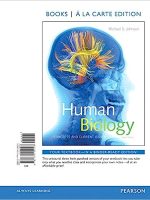
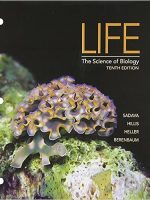
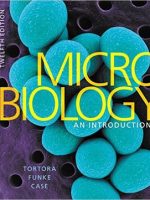
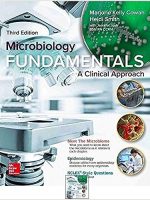
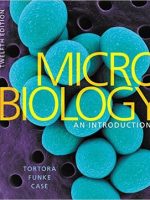
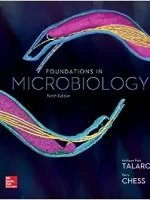

Be the first to review “Biosensors”